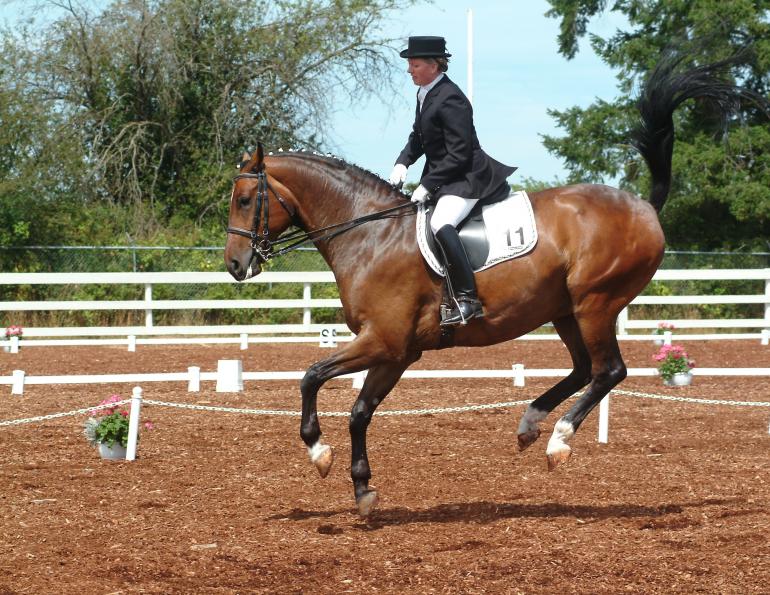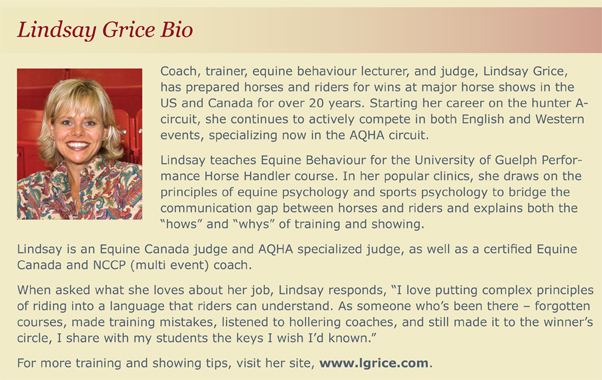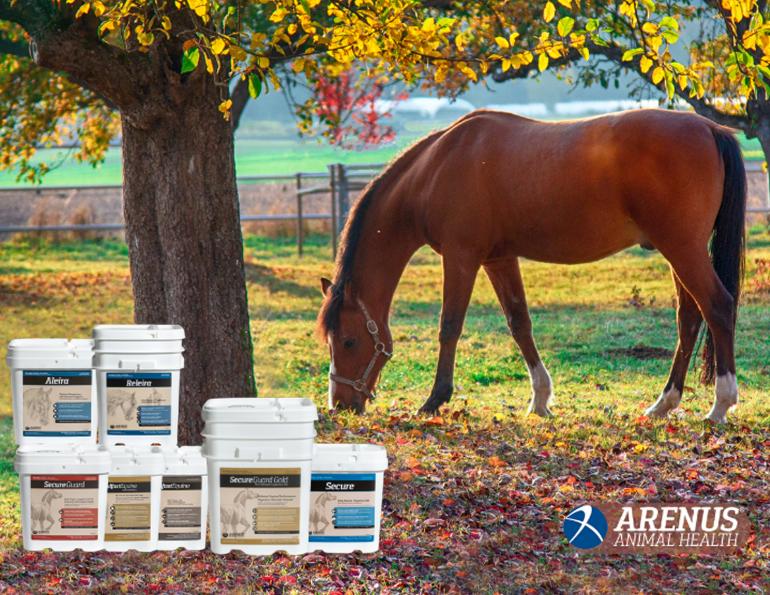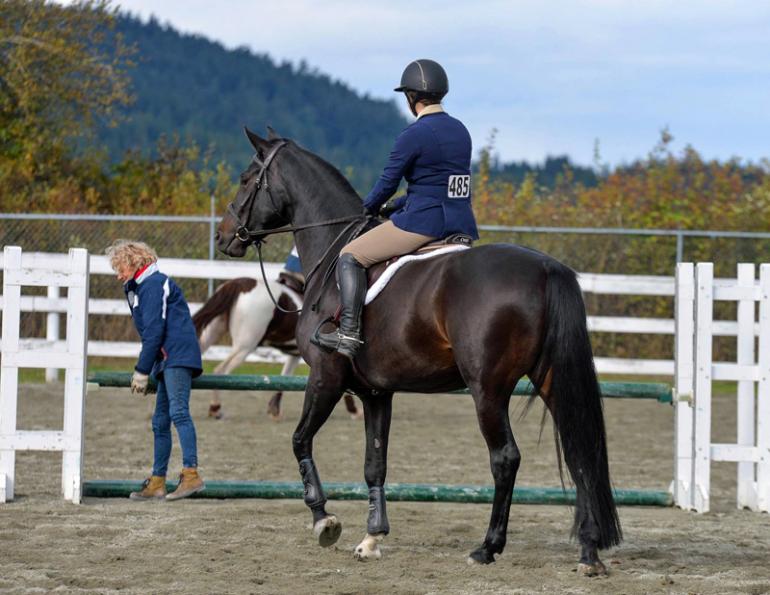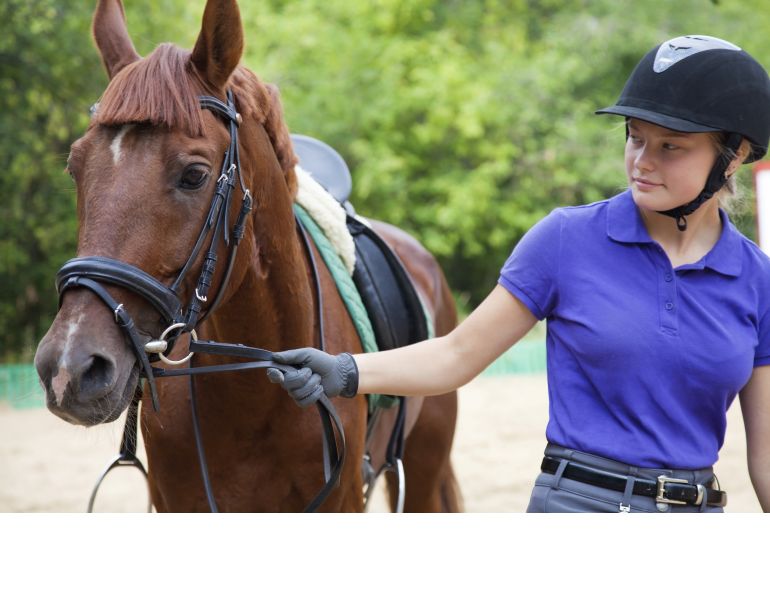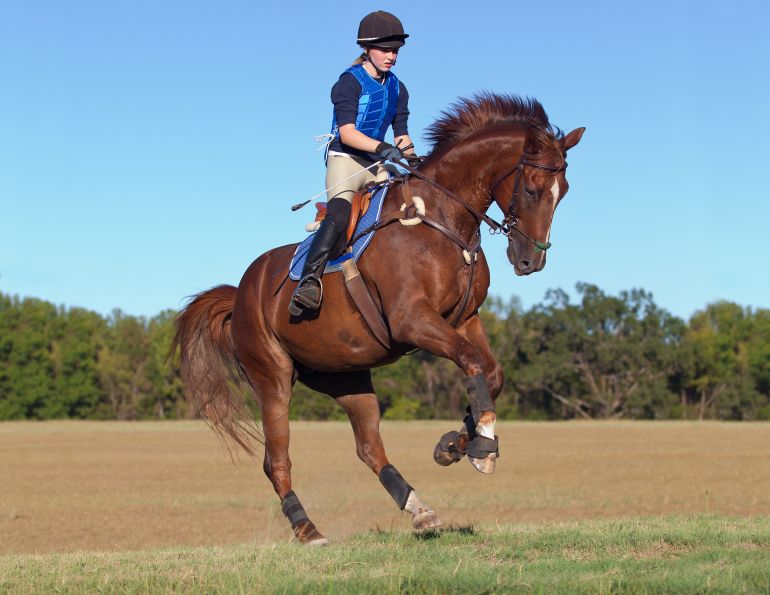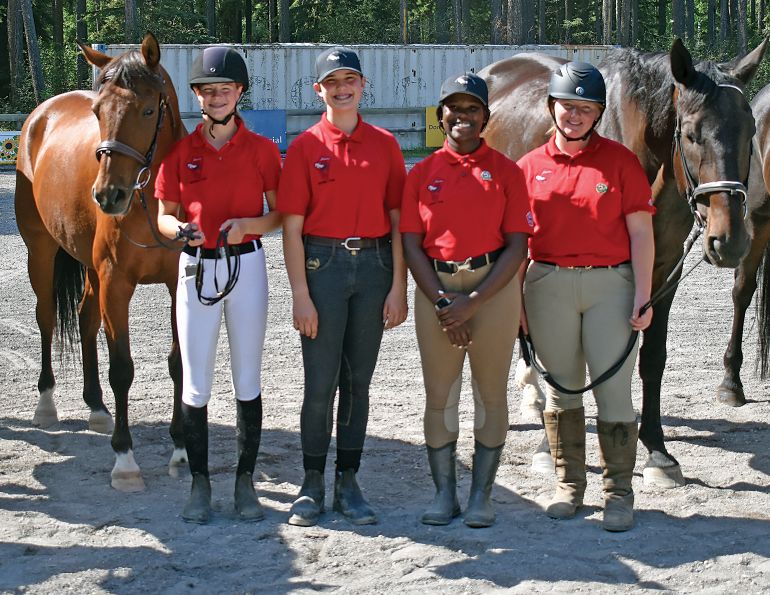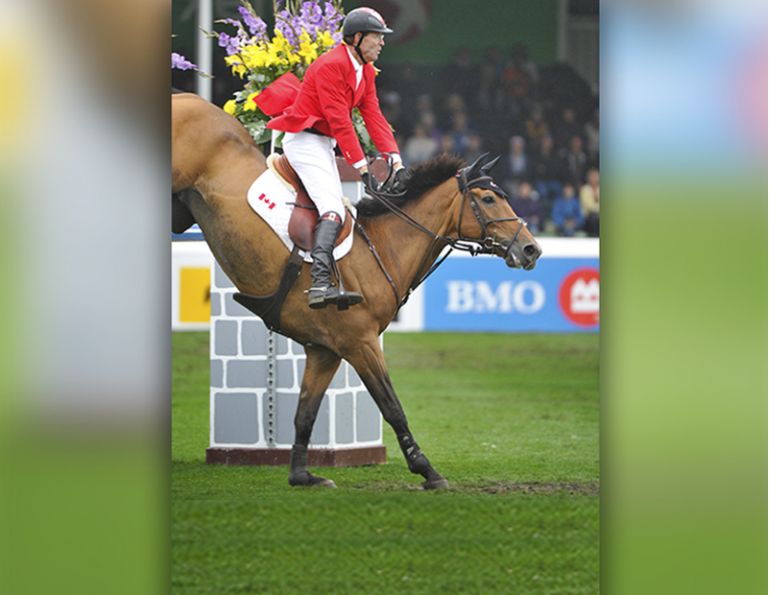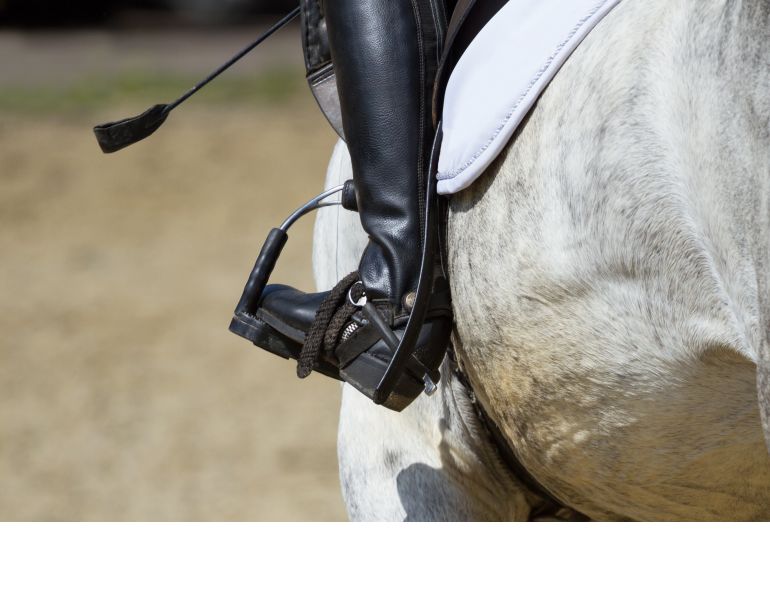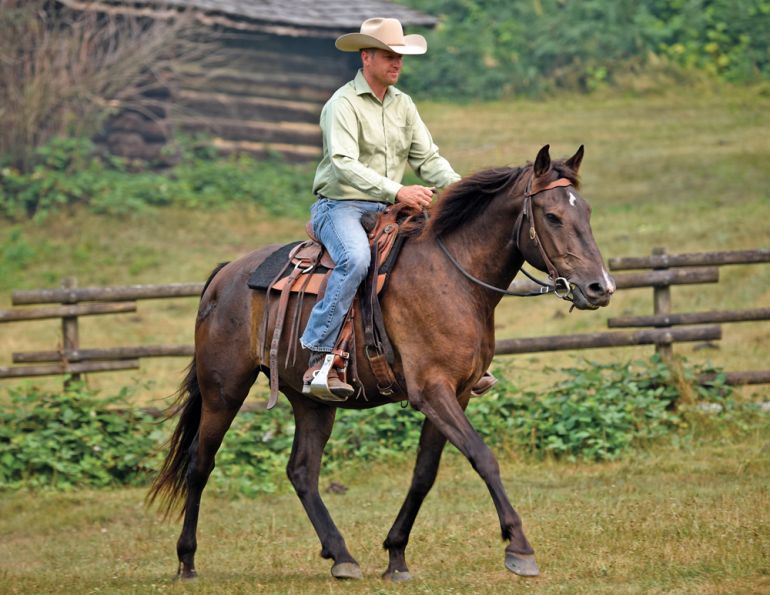By Lindsay Grice
Q My horse tends to buck and misbehave when cantering. This happens mostly when we are going to the left. Any suggestions?
A This problem rears its ugly head frequently with novice riders. The increased pace of the canter and resulting instability of the rider magnify problems that might not be seen in the walk or trot.
First, it is wise to rule out any physical discomfort that could contribute to your horse’s behaviour. Some ideas:
Teeth: Have your vet check for irregularities that could cause pain, especially when traveling to the left.
Back: Chiropractic care, acupuncture, and medications prescribed by your vet are some typical approaches to a back pain diagnosis. An ultrasound may uncover internal problems such as an ovarian cyst. Joint pain may also motivate a horse to buck in search of relief.
Saddle: Pressure points caused by an ill-fitting saddle can affect your horse the way uncomfortable shoes affect you. Talk to a reputable saddle maker for some guidelines to determine proper fit. As a compromise, I choose a gel pad to accommodate a saddle that’s not custom-made for my horse.
We always need to look to a physical cause first as the key to any issue, with the realization that a horse with a good education and a relationship of respect and trust with the rider will push through the pain barrier. There is never an excuse for bucking.
As a trainer of a horse with a inclination to buck, I’d make sure these “bricks” are well laid in my training foundation before cantering:
Straight and forward: Bulging to the outside of a circle (usually towards the barn), lack of forward motion, and bucking are often related problems. It is essential that you have control of your horse’s body parts in order to keep him straight and avoid “fishtailing” hindquarters. All lateral work such as bending, leg yielding, turning on the haunches and forehand will give you some tools to contain evasions. Control of the hindquarters is most helpful to strengthen a weaker lead or with a horse who tends to buck. Start with a turn on the forehand, and advance to haunches-in at the canter.
Controlling emotions. An exuberant, angry or fearful horse may buck, but the basics of respect and trust must be built from the ground up before you ever reach the cantering stage. Teach your horse from the ground to give to pressure on every part of his body and advance with similar yield-to-pressure exercises under saddle every time you feel him distracted by emotions. This reinforces that you’re the leader and you make all the decisions — horses find security in this.
A system of yes and no: A horse soon learns that by bucking, he can displace his rider’s leg, thereby giving himself a reward! Throughout the buck, say “no” by sending him forward with his hips to the inside, using your outside leg firmly (and spur, if necessary) behind the girth. The second he softens and canters forward calmly say “yes” by softening your leg and relaxing your body. Timing is the key — with a few repetitions, he’ll get the picture.
Main article photo: Robin Duncan Photography - Horses buck for a number of reasons, even under experienced riders.



